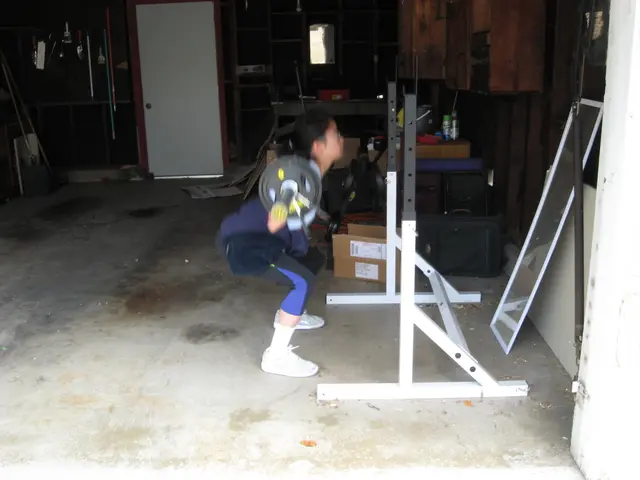Speed of brain aneurysm expansion and associated symptoms
Brain aneurysms are abnormal and weakened areas in the wall of a blood vessel within the brain, resembling a balloon or bulge. The exact cause of a brain aneurysm is unknown, but factors that increase the risk include a family history, certain genetic conditions, high blood pressure, smoking, and age.
If a brain aneurysm ruptures, it can lead to severe complications such as subarachnoid hemorrhage, vasospasm, cerebral edema, stroke, and even death. Symptoms of a ruptured brain aneurysm are immediate and severe, including a "thunderclap" headache, confusion, loss of consciousness, nausea and vomiting, seizure, light sensitivity, stiff neck, vision changes, including blurry or double vision.
However, small or unruptured aneurysms may be asymptomatic, and regular monitoring with medical imaging is essential to track aneurysm growth. Doctors use imaging techniques like MRI and CT scans to monitor aneurysms over time, with monitoring frequency depending on the size, location, and stability of the aneurysm.
Doctors categorise brain aneurysms by size: small (less than 11 millimeters), large (between 11-25 mm), and giant (more than 25 mm). The average growth rate of intracranial aneurysms is about 0.5 to 2 millimeters per year, and larger aneurysms tend to have a higher growth rate compared to smaller ones.
Aneurysms at arterial bifurcations (branching points) in the brain may be more prone to growth due to the force of the blood flow. Doctors carefully assess the characteristics of each aneurysm and tailor monitoring and treatment plans to the person.
Unruptured brain aneurysms may produce mild or intermittent symptoms, including eye pain, facial pain, headache, neck pain, double vision, eyelid drooping, dropping of one side of the face, seizure, numbness or weakness in the face or one side of the body. If someone thinks they are at risk of a brain aneurysm, they should speak with a doctor for assessment and appropriate monitoring or screening.
It is crucial to seek immediate medical help if someone experiences symptoms of a ruptured brain aneurysm. Delaying treatment can lead to severe and potentially life-threatening complications. With proper monitoring and care, many people with brain aneurysms can live healthy, normal lives.







